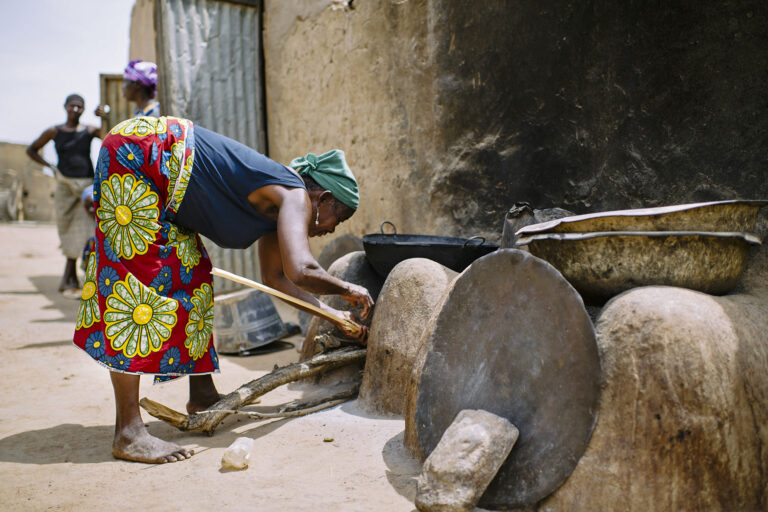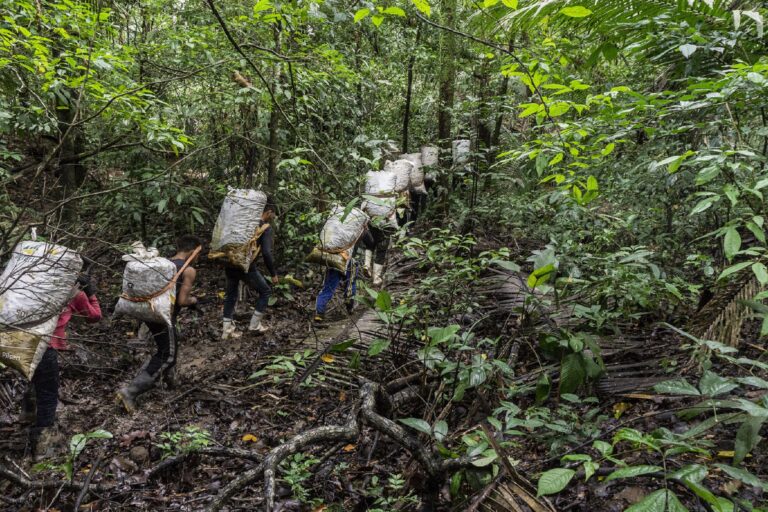- Although Bangladesh achieved 100% access to electricity for all people in March 2022, dwindling gas reserves, alongside a jump in global prices of Liquefied Natural Gas (LNG), have forced the Bangladesh government to resort to power load-shedding.
- Since July 2021, the production of natural gases has drastically fallen. Against a demand of 2,252 million cubic feet of gas for power generation, only 1,035 million cubic feet of gas has been supplied to the power plants in recent months.
- Ready-made garment factories (RMGs) are not convinced the government will be able to ensure uninterrupted power supply to their establishments if the crisis prolongs.
- Some factories are trying to set up their own solar plants to avoid dependence on fossil fuel-based power. Solar installations require both heavy investment and space and thus only large factories can afford to do it at present.
An ongoing power crisis in Bangladesh – prompted by a gas shortage – is encouraging Bangladeshi industries to slowly transition to renewable energy sources such as solar power.
Although Bangladesh marked 100% access to electricity for all people in March 2022, more than 50% of electricity is generated using natural gas. Dwindling gas reserves, alongside a jump in global prices of Liquefied Natural Gas (LNG), have forced the Bangladesh government to resort to power load-shedding.
Starting in July this year, power supply has been shut for an hour or two every day, rotating between areas throughout the country. Shops and malls were ordered to close by 8 p.m., while government offices were instructed to bring down power consumption by 25%, including by shifting meetings online.
The country’s daily power generation capacity in July was 12,000 MW, against a demand of around 14,000 MW per day, according to Bangladesh Power Development Board (BPDB) data.
According to the Bangladesh Bureau of Statistics, the country’s gross domestic product (GDP) in 2022 is $416 billion while the ready-made garment (RMG) sector contributes $42.61 billion, which is about 10%.

RMG exports make up more than 80% of the country’s total exports, which surged since January of this year after the reopening of Western economies, following the easing of pandemic restrictions. Factory owners are not convinced the government will be able to ensure uninterrupted power supply to their establishments through these piecemeal steps.
Some of them have set up captive power stations inside their factories, run by diesel. It is, however, very expensive.
“We assume that the current crisis will continue for a long time,” said Md Shahidullah Azim, the managing director and owner of Classic Fashion Concept Ltd.
“Fuel prices in the global market are unstable. Our experiences tell us that the government will eventually increase the power tariff to manage production costs.”
Some of the larger factories like Denim Expert Ltd. are trying to set up their own solar plants to avoid dependence on fossil fuel-based power.
“We are planning to set up a solar plant with a capacity of 650 KW against a daily demand of 1.5 MW by next January,” said Mostafiz Uddin, managing director of Denim Expert Ltd.
“We don’t have the option of relying on the government’s steps. There are too many uncertainties and ifs, like international prices and availability of fuel,” he said, adding that Denim Expert plans to gradually become fully powered by renewable energy.
It is, however, easier said than done. Solar installations require both heavy investment and space.
“It will be very difficult for the small factories to meet the requirements to adopt solar, as many of them do not have the money to invest,” said Shahidullah, who is also the vice president of the Bangladesh Garment Manufacturers and Exporters Association.

The root of the crisis
Bangladesh produces electricity from different sources, including coal, diesel, nuclear and renewables. However, natural gas is the primary source, as it contributes 51.05% of it, while furnace oil makes up 28.15%, coal 7.86%, diesel 5.74%, solar and wind 1.02%, hydro 1.02%. According to BPDB data, the remaining 5.16% is directly imported.
Bangladesh has a total gas production capacity of 3,760 million cubic feet per day, sourcing it from its 113 gas fields, operated by the government and foreign companies, alongside imports, according to Petrobangla.
Since July 2021, the production of natural gases from gas fields has drastically fallen. The government has been trying to import LNG to make up the gap, but LNG price hikes in the international market in recent months have forced the government to slow down, especially since the country’s foreign exchange reserve has also been falling.
Consequently, against a demand of 2,252 million cubic feet of gas for power generation, only 1,035 million cubic feet of gas has been supplied to power plants in recent months.
Although the country still produces enough gas to operate its power generation plants, households and commercial establishments in Bangladesh are also heavily dependent on natural gas provided through the gridline.
Meanwhile, another important source of electricity generation in Bangladesh — coal-based power plants — are also facing a shortage of raw materials.
For instance, a total of 525 MW of electricity can be generated from the three units of the coal-based thermal power plant at Barapukuria; however, only 200 MW of electricity is being generated at present due to a coal shortage.
Banner image: Women in a garment factory in Bangladesh. Image by Mahfuzul Bhuiyan/Communications InterAction via Flickr (CC BY-NC 2.0).
Feedback: Use this form to send a message to the author of this post. If you want to post a public comment, you can do that at the bottom of the page.














